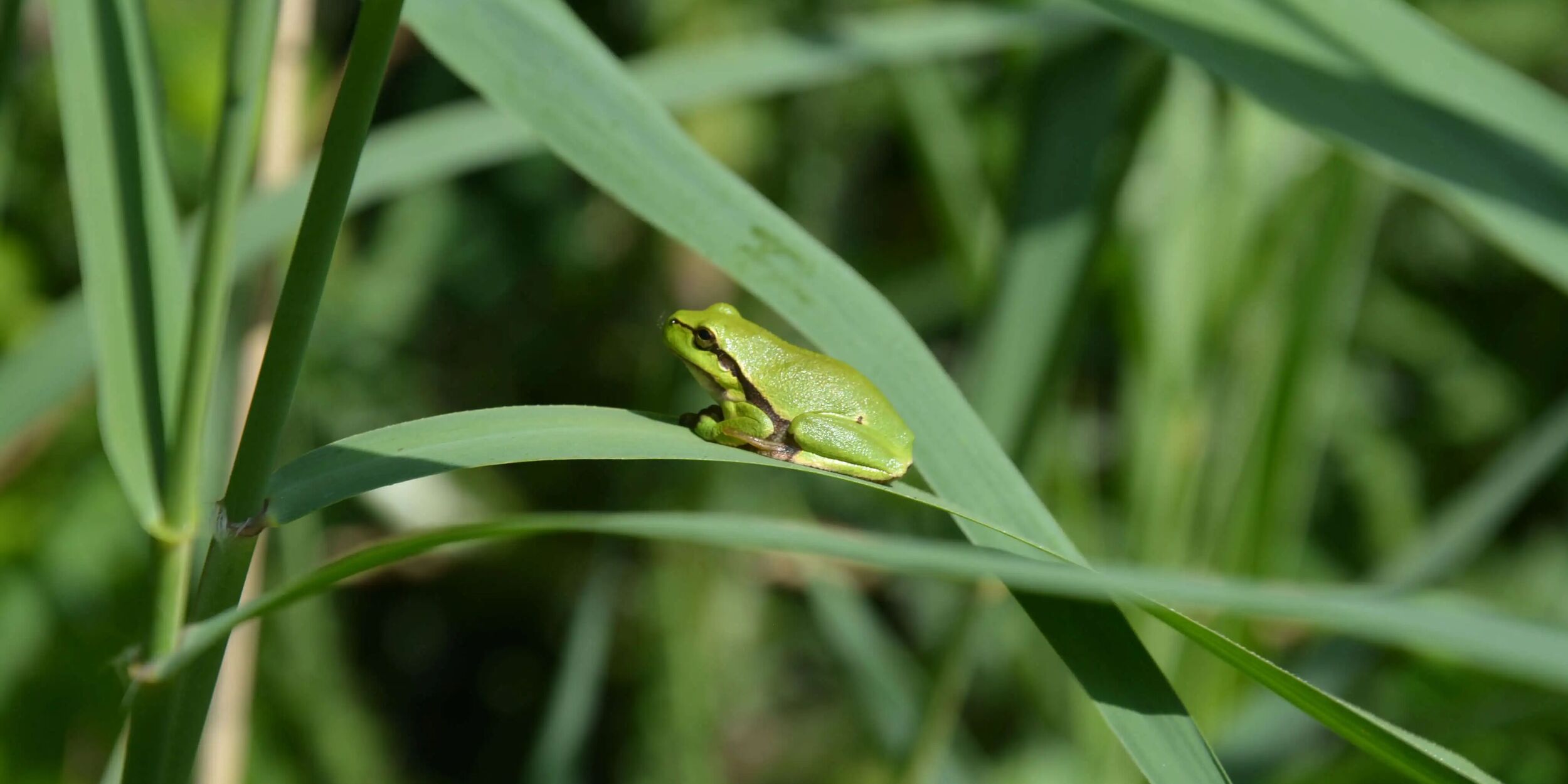The Achelse Kluis and the Groote Heide
Half an hour's drive from the Luysmolen, you will find the Achelse Kluis. This place has been steeped in history since its inception in 1656. Over the centuries, the residents have changed, but the most famous are the Trappists who upgraded the hermitage to an abbey in the 19th century and brewed the beer that is still known today. The beer may have lost its Trappist status, but it tastes just as good! The traditional glass has been pimped up to a modern version and you can taste it in the local brasserie or buy it in the abbey shop. At weekends, you can take a 1.5-hour guided tour and discover the centuries-old secrets, rich history and unique architecture.
De Groote Heide
The Achelse Kluis is an excellent starting point for the adjacent Leenderheide nature reserve, part of De Groote Heide. Six thousand hectares of beautiful nature stretching from here to Eindhoven, that's what De Groote Heide stands for. It is a varied and versatile nature reserve with a high biodiversity and it looks incredibly beautiful. From the Belgian abbey, you can walk along the remains of the death wire (remnants of the closed border between the Netherlands and Belgium in World War I) into the nature reserve.
Purple Heath
In late summer (August-September), the purple heather colours the landscape, making this a must-see for nature lovers and landscape photographers. But it is also worth a visit in other seasons, especially in spring when the numerous breeding birds can be heard.
Top 10 area for biodiversity
An experienced birdwatcher can easily spot around 80 species in a single morning. Tree pipits and skylarks populate the large heathlands, while redstarts sing everywhere in the forest edges. On the edge of the nature reserve, a number of old fens have been newly developed. Numerous breeding and migratory birds make grateful use of this. We discovered purple herons, harriers, white-eyed ducks, tree falcons, little grebes, bluethroats and kingfishers. The red-backed shrike also breeds here near the agricultural plots. In late spring or early summer, you can visit in the evening and hear the rattling call of the nightjar and spot woodcocks flying overhead. Among the migratory birds, the annual passage of ring ouzels, wrynecks and whinchats is worth mentioning. The Groote Heide is surrounded by miles of forests, which are the chosen domain of calling hawks and the more reclusive ravens. The black woodpecker is a permanent resident here, along with other woodpecker species. The Groote Heide does not claim to be one of the top 10 areas for biodiversity for nothing!


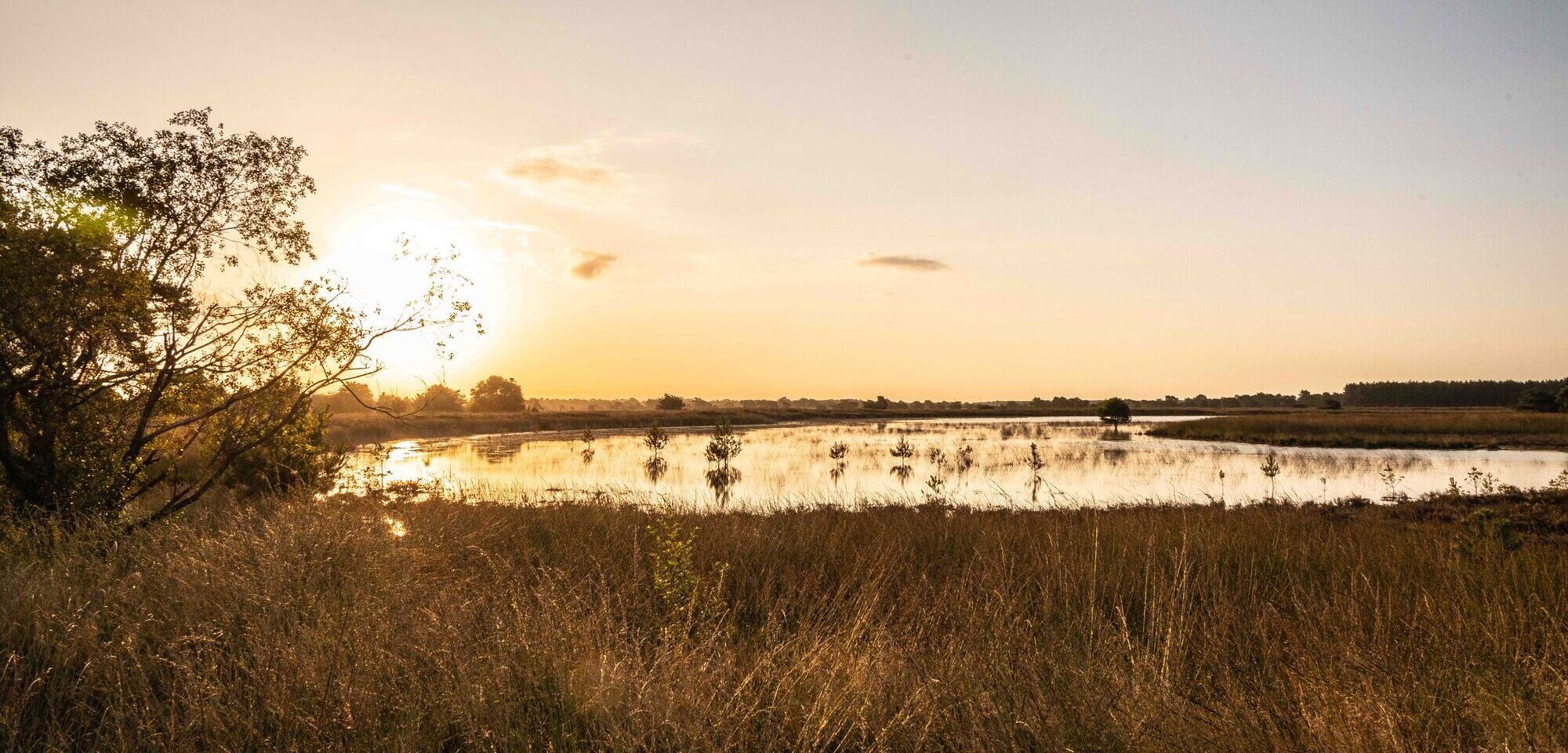
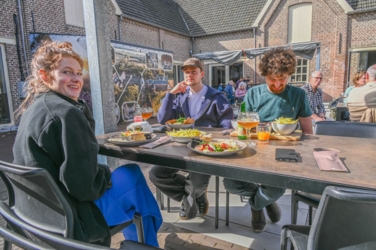 2025
2025 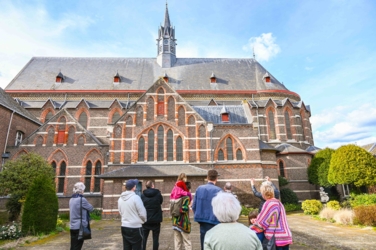 2025
2025 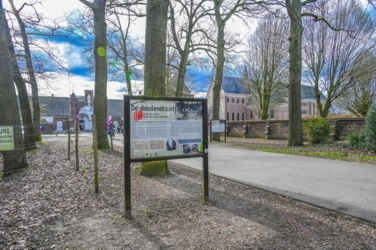 2025
2025 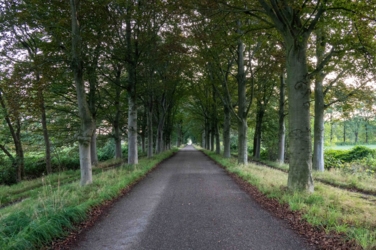 2024
2024 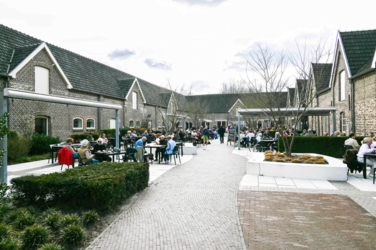 2025
2025 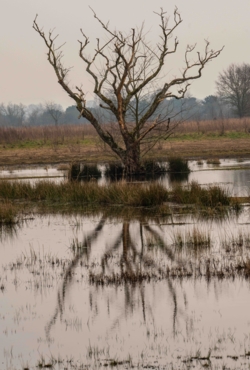 2025
2025  2025
2025 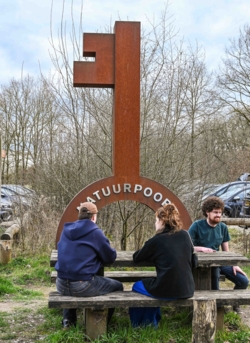 2025
2025 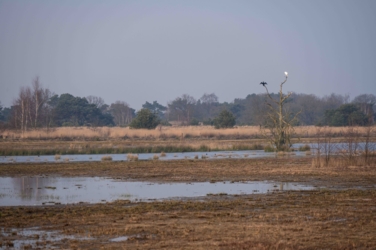 2025
2025 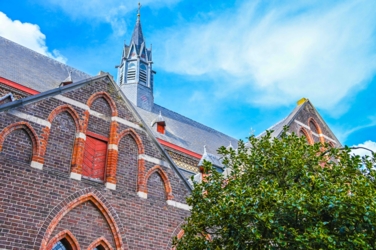 2025
2025 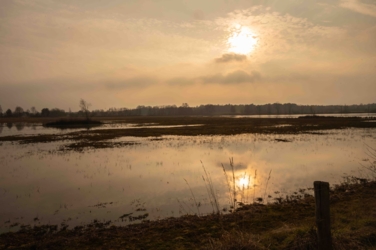 2025
2025 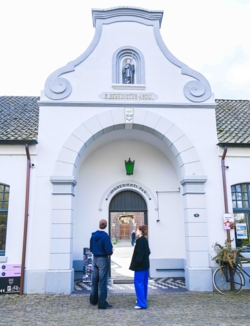 2025
2025 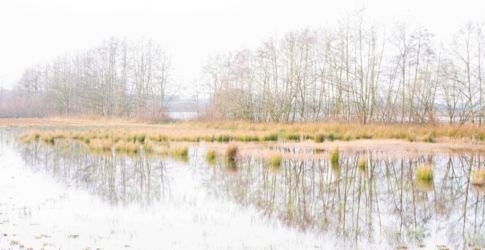 2025
2025  2025
2025  2025
2025 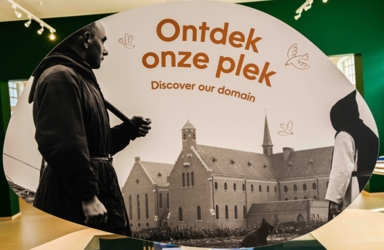 2025
2025  2025
2025 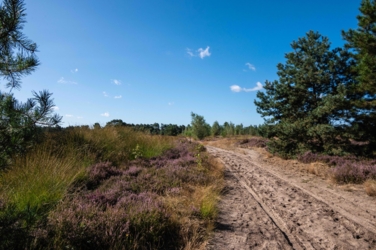 2024
2024 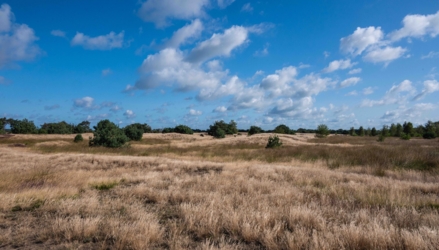 2024
2024 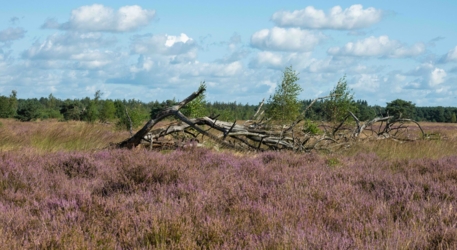 2024
2024  2024
2024 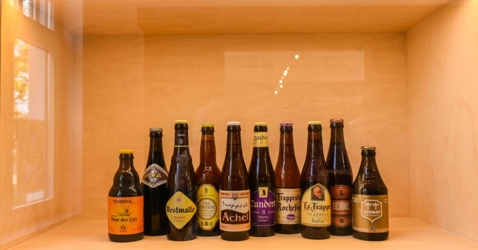 2025
2025  2024
2024 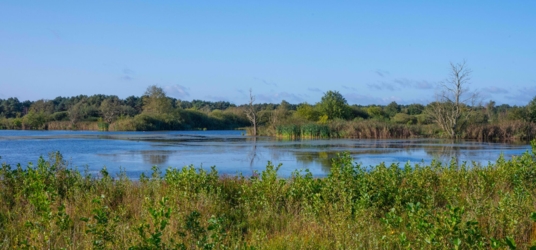 2024
2024 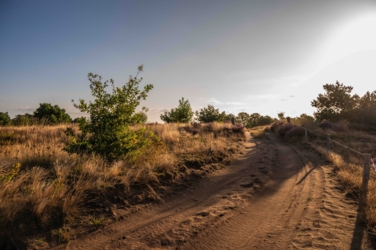 2024
2024 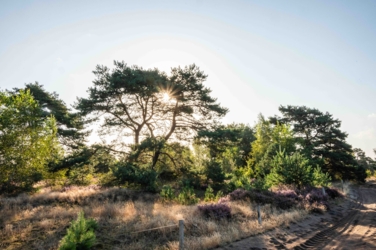 2024
2024  2024
2024 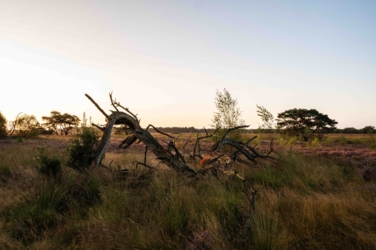 2024
2024 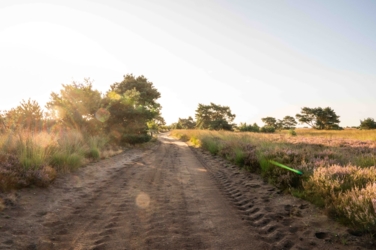 2024
2024 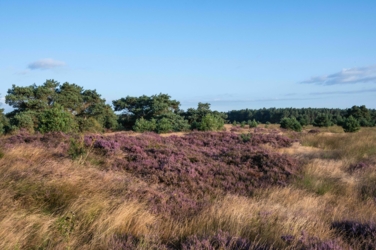 2024
2024 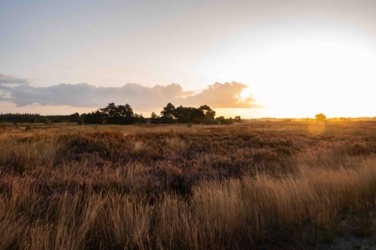 2024
2024 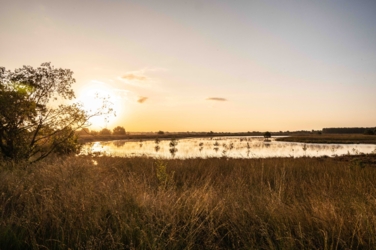 2024
2024 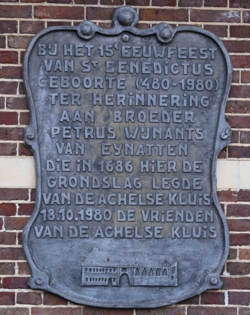 2025
2025 